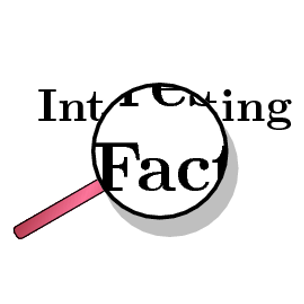| << Chapter < Page | Chapter >> Page > |
FullMarks is similar to Connexions but is focused on the sharing of assessment items. FullMarks contains a selection of test and exam questions with solutions, openly shared by educators. Educators can further search and browse the database by subject and grade and add relevant items to a test. The website automatically generates a test or exam paper with the corresponding memorandum for download.
By uploading all the end-of-chapter exercises and solutions to the open assessment bank, the larger community of educators in South Africa are provided with a wide selection of items to use in setting their tests and exams. More details about the use of FullMarks as a collaboration tool are included in the FullMarks section.
In spite of the impressive array of rich media open educational resources available freely online, such as videos, simulations, exercises and presentations, only a small number of educators actively make use of them. Our investigations revealed that the overwhelming quantity, the predominant international context, and difficulty in correctly aligning them with the local curriculum level acts as deterrents. The opportunity here is that, if used correctly, they can make the classroom environment more engaging.
Presentations can be a first step to bringing material to life in ways that are more compelling than are possible with just a blackboard and chalk. There are opportunities to:
Videos have been shown to be potentially both engaging and effective. They provide opportunities to:
Simulations are also very useful and can allow learners to:
We realised the opportunity for embedding a selection of rich media resources such as presentations, simulations, videos and links into the online version of the FHSST books at the relevant sections. This will not only present them with a selection of locally relevant and curriculum aligned resources, but also position these resources within the appropriate grade and section. Links to these online resources are recorded in the print or PDF versions of the books, making them a tour-guide or credible pointer to the world of online rich media available.
The internet has provided many opportunities for self-learning and participation which were never before possible. There are huge stand-alone archives of videos like the Khan Academy which cover most Mathematics for Grades 1 - 12 and Science topics required in FET. These videos, if not used in class, provide opportunities for the learners to:
There are also many opportunities for learners to participate in science projects online as real participants. Not just simulations or tutorials but real science so that:
In our book we've embedded opportunities to help educators and learners take advantage of all these resources, without becoming overwhelmed at all the content that is available online.
Throughout the books you will see the following icons:
| Icon | Description |
 |
Aside: Provides additional information about content covered in the chapters, as well as for extensions |
 |
An interesting fact: These highlight interesting information relevant to a particular section of the chapter. |
 |
Definition: This icon indicates a definition. |
 |
Exercise: This indicates worked examples throughout the book. |
 |
Tip: Helpful hints and tips appear throughout the book, highlighting important information, things to take note of, and areas where learners must exercise caution. |
 |
FullMarks: This icon indicates that shortcodes for FullMarks are present. Enter the shortcode into (External Link) , and you will be redirected to the solution on FullMarks, our free and open online assessment bank. FullMarks can be accessed at: (External Link) |
 |
Presentation: This icon indicates that presentations are in the chapter. Enter the shortcode into (External Link) , and you will be redirected to the presentation shared on SlideShare by educators. SlideShare can be accessed at: (External Link) |
 |
Simulation: This icon indicates that simulations are present. Enter the shortcode into (External Link) , and you will be redirected to the simulation online. An example is Phet Simulations. The website can be accessed at: (External Link) |
 |
Video: This icon indicates that videos are present. Enter the shortcode into (External Link) , and you will be redirected to the video online. An example is the Khan Academy videos. The website can be accessed at: (External Link) |
 |
URL: This icon indicates that shortcodes are present in the chapter and can be entered into (External Link) , where you will be redirected to the relevant website. |

Notification Switch
Would you like to follow the 'Mathematics grade 10 teachers' guide - siyavula webbooks' conversation and receive update notifications?